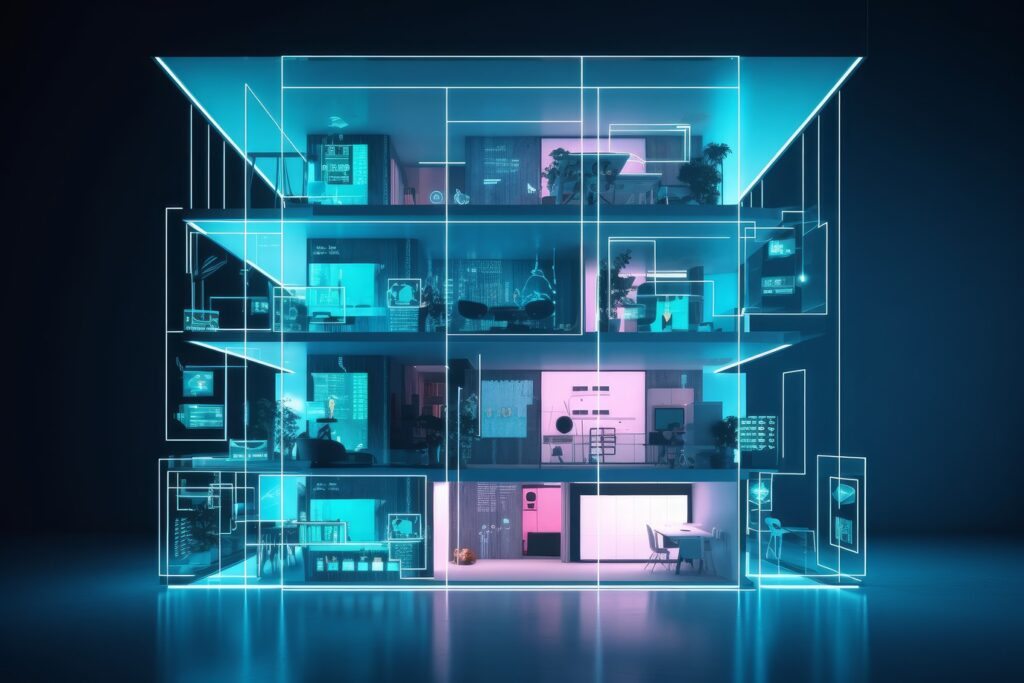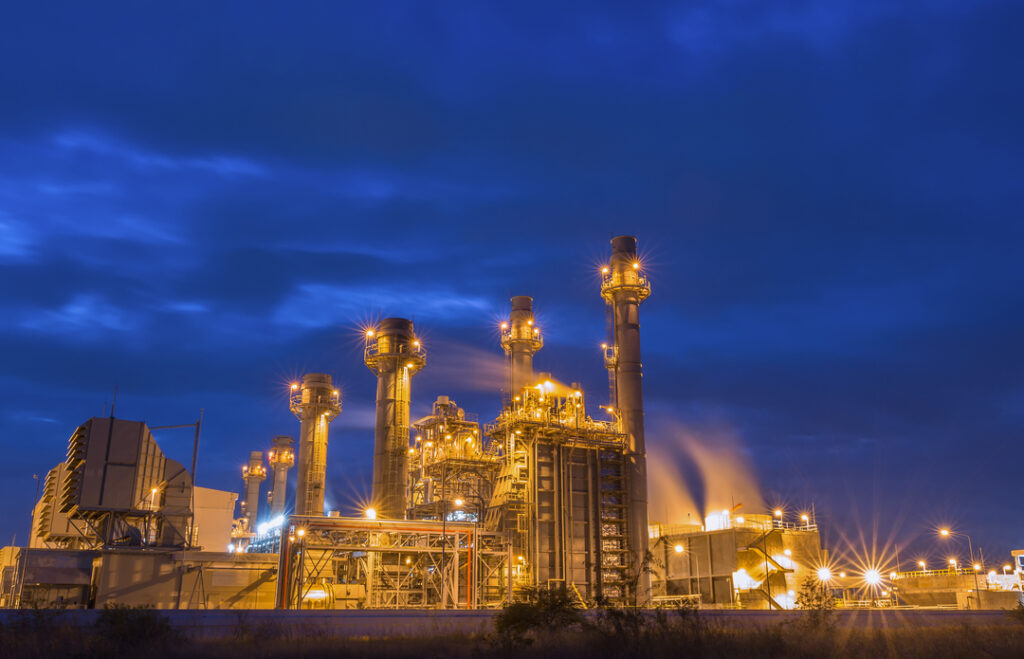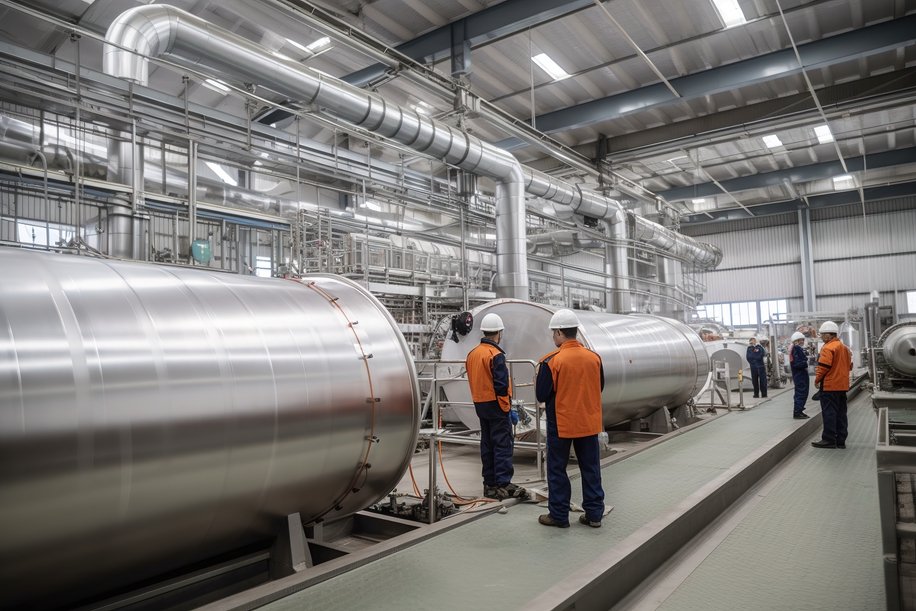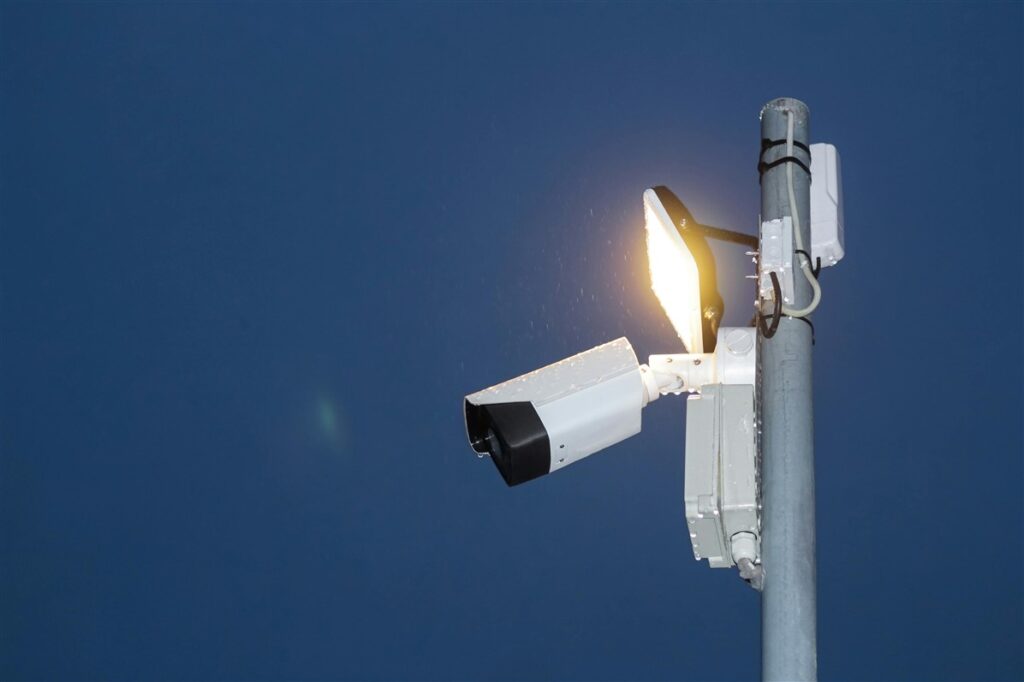What are the DSEAR regulations surrounding hazardous areas?
There are many hazards in the workplace, particularly within the manufacturing sector. Consequently, a fundamental for any manufacturing business is workplace safety.
Indeed, with the number of opportunities for accidents at their greatest in this type of environment – thanks to the machinery and materials used – it’s imperative you have robust procedures to protect staff and visitors.
In this article, we’re looking at the regulations that specifically apply to hazardous areas.
The Dangerous Substances and Explosive Atmospheres Regulations 2002 (DSEAR)
In 2002, the government introduced a set of legal requirements for working with hazards in specific environments. These are known as the DSEAR (Dangerous Substances and Explosive Atmospheres Regulations 2002).
The DSEAR helps businesses manage and control hazardous substances and hazards that act as an ignition source – either intentionally or unintentionally – to prevent a fire or explosion from causing accidents and injuries.
DSEAR sets out the link between the amounts of vapour released, ventilation, and the area (or zone) in which it could be used safely as part of the hazardous substance and hazards management process. It gives clear guidance to employers and employees to avoid dangerous or catastrophic events.
Who is impacted by DSEAR?
The government created the regulations to educate and protect businesses and their workers against the risk of fire, explosion and hazards arising from using dangerous substances.
It is imperative to educate staff about the DSEAR if they encounter hazards or work in hazardous areas.
The DSEAR classifies the following substances as dangerous:
- Petrol
- Liquefied petroleum gas
- Certain types of combustible and explosive dust
- Varnishes
- Paints
Hazards acting as an ignition source include:
- Flames
- Process heating
- Cigarettes and matches
- Welding guns
- Hot surfaces
- Dryers, ovens and furnaces
- Room heating equipment
- Mechanical machines
- Electrical equipment
- Lighting
- Friction, heating and impact sparks
- Sparks from electrical equipment
- Stray currents from electrical equipment
- Electrostatic discharge
- Electromagnetic radiation
- Lightning strikes
- Vehicles
How can employers comply with the DSEAR?
There are several points for employers to follow to comply with the DSEAR regulations. They include:
- Conducting a risk assessment of any procedures involving potentially dangerous substances.
- Taking actions to eliminate or reduce risks.
- Carrying out a hazardous area classification.
- Ensuring correctly rated electrical and mechanical equipment is used in hazardous zones.
- Having a clear procedure to deal with accidents and emergencies.
- Training all employees on DSEAR.
- Identifying pipes and containers tasked with carrying dangerous substances.
- Introducing measures to protect against explosions where more than one employer shares a workplace.
Managing risk
Assessing risk helps us recognise and minimise danger before an accident happens. In the case of the DSEAR, there are several steps to take as part of the risk assessment process:
- Identifying the materials and activity that pose a hazard.
- Identifying who is at risk (employees, visitors, the public) and how a fire or explosion might occur.
- Checking the existing safety measures and precautions.
- Assessing the risk. Decide whether the hazardous material or activity is adequately controlled.
- Confirming whether any improvements are required. Check your thoughts against HSE industry guidance and gain the views of staff.
Zoning
DSEAR describes hazardous areas as “any place in which explosive atmosphere may occur in quantities such as to require special precautions to protect the safety of workers”.
Due to the different types of materials used in manufacturing, and different areas in which they are used, the DSEAR introduced a set of zones to help with classification and hazard management. They include:
Zone 0 is an area where an explosive gas atmosphere is present continuously or for a prolonged period.
Zone 1 is where an explosive gas atmosphere is present as a normal operation.
Zone 2 is where an explosive gas atmosphere is unlikely as part of normal operation or will occur for a short period.
While there is currently no strict quantitative value for each of the three zones, the common values used by employers are:
0 - over 1000h/yr
1 - 10 to 1000h/yr,
2 - less than 10h/yr
Before using hazardous substances, including flammable gases and vapours, businesses are asked to apply these zones across their facility.
Any areas which remain un-zoned are then classified as non-hazardous or safe areas.
Once zones have been classified, employees can refer to the DSEAR to confirm which equipment is permitted within each area.
Equipment management
All sources of ignition must be used and controlled using a series of processes, including:
- Using electrical equipment only in the relevant zone.
- Earthing all plant equipment.
- Storing flammable materials below auto-ignition temperatures.
- Prohibiting smoking and the use of lighters or matches on site.
- Controlling maintenance activities through a Permit to Work system (to reduce sparks and naked flames).
- Selecting the correct equipment to avoid high-intensity electromagnetic radiation sources.
- Selecting the correct vehicles or engines permitted within specific zones.
- Controlling normal vehicles on-site and those creating intermittent hazards, such as tankers.
- Controlling the risk from pyrophoric scale caused by the formation of ferrous sulphide inside process equipment.
- Protecting lighting systems.
It is the responsibility of employers and staff to work safely in and around hazards and hazardous substances to protect themselves and those working around them.
Find more information about DSEAR at the government website here.
Protecting your business with AES
AES is one of a small number of electrical contracting businesses qualified to work in ATEX environments under CompEx accreditation.
We can also help you fully assess your areas and ensure that the zones are classified correctly in line with DSEAR.
As standard procedure within our Hazardous Areas service, we regularly inspect and test all installations to ensure they do not fall below the high-performance standards required within an ATEX environment.
Our CompEx accredited team are competent in selecting, installing, inspecting, and maintaining electrical apparatus in potentially explosive atmospheres, in line with BS EN 60079. Working with us is a best practice approach to preventing serious incidents. We provide a professional service with a full audit trail to ensure that the correct precautions are followed according to health and safety guidelines and regulations.
If you’d like more information about how our Hazardous Areas service could benefit you, please contact our friendly team.

Our guide to building energy management systems
Building energy management systems (BEMS) are systems that allow you to monitor, control, and optimise the energy used within your building. The phrase building energy management system (BEMS) is often used interchangeably with the phrase building management system (BMS), but there are some differences. A BEMS is focused on energy-related systems such as lighting, heating, […]
Read more
How far does power travel and what impact does distance have on performance
It’s easy to take our electricity supply for granted. We flick a switch and instantly have light or power. We don’t even think about it unless there’s an issue or an outage. But when there is an issue or outage, the impact can be significant. For manufacturers, even the smallest change in power can make […]
Read more
Why visibility of the production process is so important
Operational excellence, efficiency and quality are top priorities for almost every manufacturer worldwide. These things lead to improved productivity, happier customers and reduced waste – all of which result in increased profits. Visibility of the production process is the key to achieving these things. And manufacturers now have access to technology that can provide real-time […]
Read more
Will security lighting help to protect my staff?
Looking after the safety and well-being of employees should be a priority for any business. And while it’s not possible to mitigate every risk, there are measures you can take to improve their safety and security. One measure that is often overlooked is the installation of security lighting. When daylight disappears, visibility is reduced, increasing […]
Read more
Top 5 considerations when comparing electrical quotes
Budget is always a factor when you’re considering any type of upgrade, revamp, or maintenance work within your factory. But when it comes to electrical work, you have to consider more than just money. Don’t rush into accepting the cheapest electrical quotes without knowing exactly what you’re getting. Electrical work is not an area where […]
Read more
What is the role of companies in reducing our carbon footprint?
We should all be taking responsibility for protecting our planet and a big part of that is reducing our carbon footprint. But while it falls to all of us to do our bit, there is additional pressure on manufacturers, especially those with high carbon emissions. As an absolute minimum, these companies should ensure compliance with […]
Read more

